The national anthem stands as one of the most profound musical expressions of a country’s identity. More than just a melody, it encapsulates the spirit, history, and aspirations of a people. Whether played at international sporting events or during solemn state ceremonies, the anthem serves as a unifying force, stirring emotions and reinforcing a sense of belonging. Its power lies not only in its lyrics but also in the way it resonates with citizens across generations.
Every nation’s anthem tells a story. Some were born out of revolution, others as hymns of peace, but all carry the weight of collective memory. The French La Marseillaise, for instance, emerged from the fervor of the French Revolution, its lyrics a call to arms that still evokes pride centuries later. Similarly, The Star-Spangled Banner immortalizes a pivotal moment in American history—the defense of Fort McHenry during the War of 1812. These compositions are not mere songs; they are sonic monuments to national endurance.
Yet, the significance of a national anthem extends beyond historical context. It is a living tradition, constantly reinterpreted by new generations. Modern artists often perform renditions that infuse classical arrangements with contemporary styles, ensuring its relevance. However, such adaptations sometimes spark debate. Purists argue that altering the anthem risks diluting its sanctity, while others see innovation as a way to keep it vibrant. This tension reflects the anthem’s dual role as both a historical artifact and a dynamic cultural symbol.
The emotional impact of a national anthem cannot be overstated. For many, hearing its opening notes triggers an almost instinctive response—pride, nostalgia, or even tears. This reaction is not accidental; the anthem is designed to evoke deep sentiment. Its melody often employs uplifting progressions, while its lyrics speak of sacrifice, unity, and hope. In moments of crisis or triumph, it becomes a collective voice, reminding citizens of their shared identity.
Interestingly, anthems also serve as diplomatic tools. When played during international events, they represent a nation’s values on the global stage. A well-received performance can foster goodwill, while controversies—such as protests during its rendition—can ignite political discourse. The anthem, therefore, is not just inward-facing; it communicates a nation’s ethos to the world.
However, the anthem’s role is not without controversy. In some societies, debates arise over whether its lyrics or origins still align with modern values. Calls for change, whether in wording or even the anthem itself, often reflect broader societal shifts. These discussions are vital, as they force a nation to confront its past and reconsider its future. The anthem, in this sense, becomes a mirror—reflecting both the pride and the unresolved questions of a people.
Despite these complexities, the national anthem remains an enduring symbol. It is a rare piece of music that can silence a stadium, bring leaders to their feet, or comfort a nation in mourning. Its chords carry the echoes of history, the hopes of the present, and the dreams of generations yet to come. As long as nations exist, their anthems will continue to play—a testament to the unbreakable bond between music and national identity.
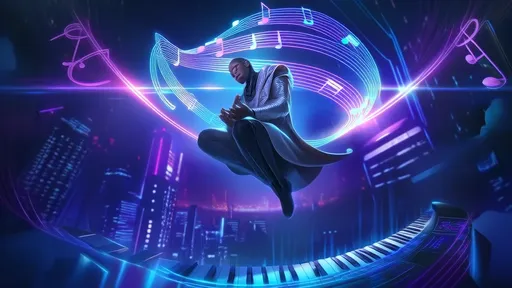
By /Aug 7, 2025

By /Aug 7, 2025

By /Aug 7, 2025

By /Aug 7, 2025

By /Aug 7, 2025

By /Aug 7, 2025
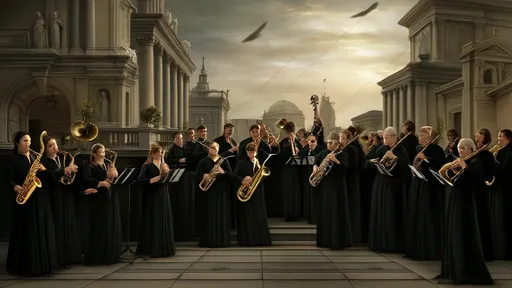
By /Aug 7, 2025

By /Aug 7, 2025

By /Aug 7, 2025
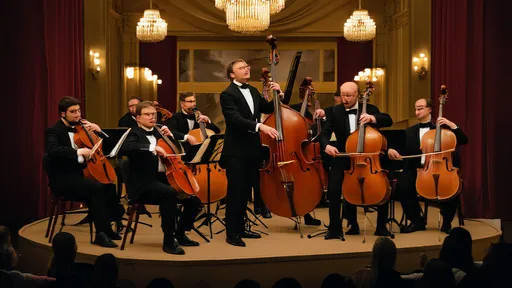
By /Aug 7, 2025

By /Aug 7, 2025

By /Aug 7, 2025

By /Aug 7, 2025
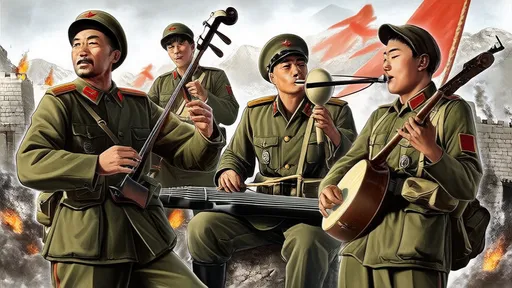
By /Aug 7, 2025

By /Aug 7, 2025
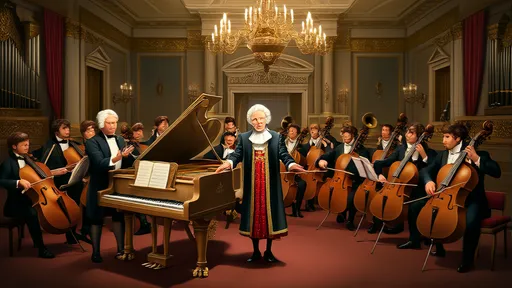
By /Aug 7, 2025
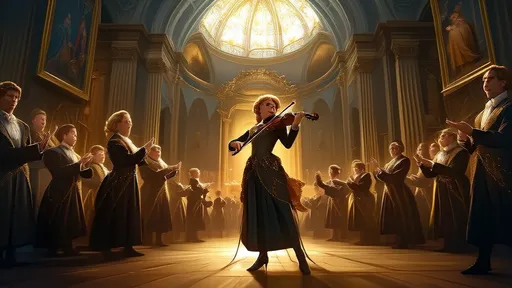
By /Aug 7, 2025

By /Aug 7, 2025
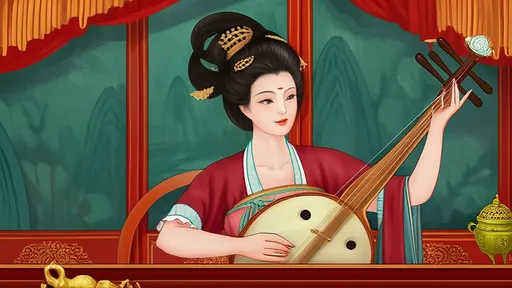
By /Aug 7, 2025
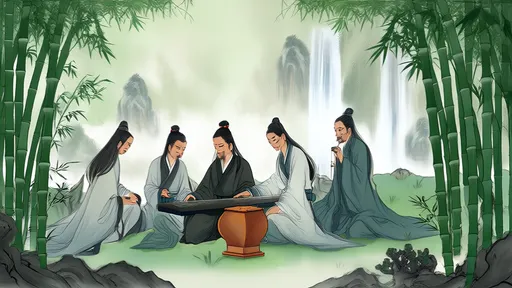
By /Aug 7, 2025